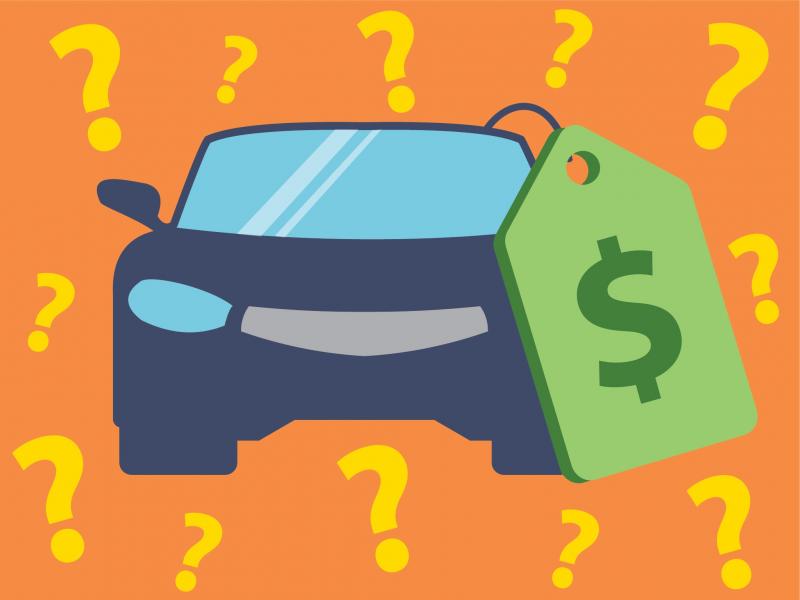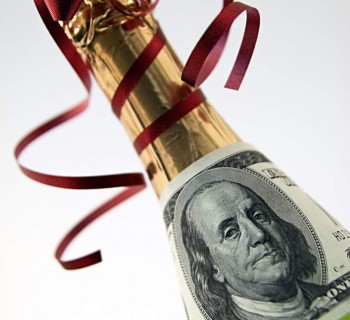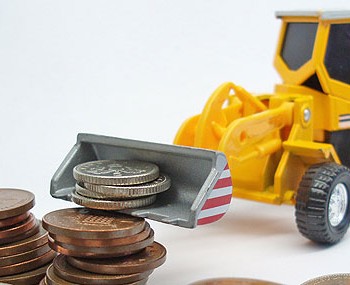Auto buyers often have preconceived notions about whether it is better to lease or buy a vehicle. While there has never been more information readily available for consumers to research their next purchase, it is often difficult to determine which approach is best. With interest rates significantly higher than last year and demand distortions from supply chain disruptions unwinding, it has never been more critical to assess your options before moving forward. The fact is, there is no right answer for everyone. From how long you plan to keep your vehicle to how many miles you plan on using your vehicle, there are many factors to consider when determining whether to lease or buy.
The impact of higher interest rates and less incentives cannot be understated and some automotive experts believe that the number of auto leases may decline in 2023 as result. The first step in determining the most appropriate approach is to understand the mechanics of the transaction itself. While an auto purchase is straightforward, an auto lease requires knowledge of some terms that may be new to you.
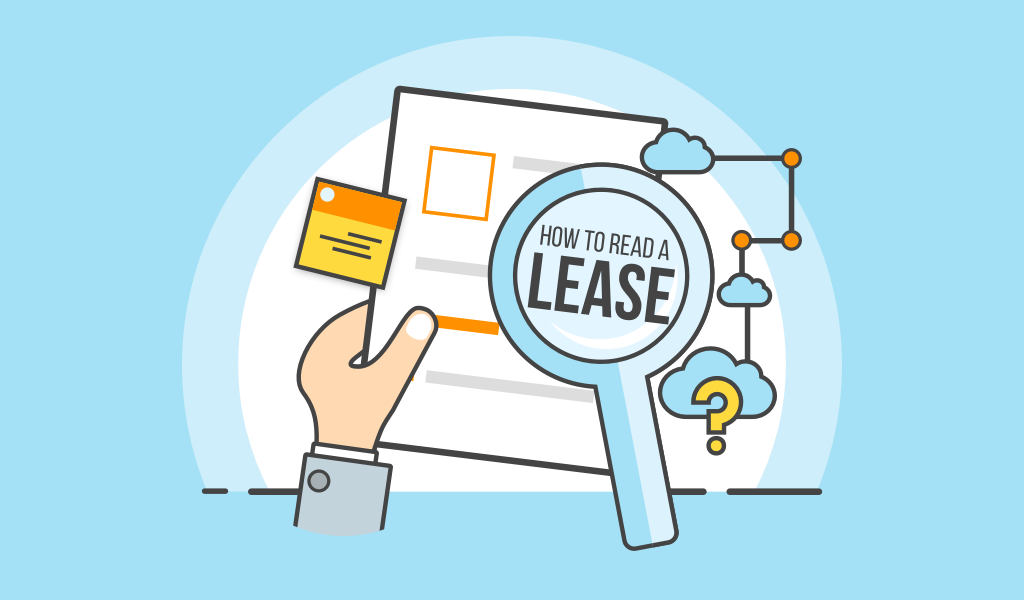 Breaking down the lease
Breaking down the lease
Capitalized cost: This represents the value of the automobile that is being financed over the term of the lease. Since lease terms are generally 3 years, monthly lease payments sometimes appear to be cheaper because you are financing a lower amount than if you were purchasing the same vehicle. This may allow many consumers to drive a more expensive car than they could otherwise afford.
Residual value: Another name for the vehicle’s value at the end of the lease. Generally, a higher residual value will lead to lower monthly payments during the lease since you are using less of the vehicle’s value. For example, if you are leasing a vehicle and the residual value is 60 percent after three years, you are only paying for 40 percent of the cars price plus interest and fees. The residual value is also generally the basis for determining what you will pay for the vehicle if you purchase it after the lease is up.
Money factor: This is technical term for describing the interest rate being charged to finance the value of the lease. Remember, since you are not buying the car in a lease, you are really financing the cost to use the vehicle over the lease term. A lower money factor means that you are paying less interest in the deal. Multiply the money factor given by 2,400 to convert it to interest rates you can understand. For example, a money factor of .0025 would equate to a 6 percent interest rate. Money factors are on the rise so pay special attention to this rate.
Cap cost reductions: These are down payments that can be made to reduce the value of the amount being financed through the lease. It is important to review the fine print as extra low lease deals often require significant cap cost reductions. While these down payments can reduce your monthly lease payments, you do not get anything back at the end of the deal. Remember, in a lease, you simply turn in the car and are left with no equity.
As an alternative to cap cost reductions, some auto companies (usually luxury brands) allow customers to make multiple security deposits (MSDs). MSDs can be an attractive way to reduce your monthly payments. For example, if your lease payment is $700/month, you may be able to make a maximum of 10 security deposits, totaling $7,000 which in turn, will reduce your “money factor” or interest rate. A lower interest rate means lower lease payments. MSDs are returned at the end of the lease (assuming the vehicle is returned in good condition). Additionally, you can choose to apply the MSDs toward your next deal, too.
Excess wear and tear: This is often a bit of a grey area. It is common sense that you would need to return your leased vehicle in good condition. After all, turning in a vehicle with excess mileage, bald tires, dents, scratches and aftermarket alterations would surely result in additional charges to the consumer. However, where is the line drawn between normal wear and excess wear? Many finance companies are more lenient than others and it is important to understand any additional fees you may pay at lease end so be sure to read the fine print.
Disposition fees: According to www.Edmunds.com, a lease disposition fee can range from $300 to $400 and could be due if you choose not to buy the car. Keep in mind, not all dealerships charge disposition fees and some waive it if you choose to purchase or lease another vehicle.
Lease vs. Buy – Determining your cost of ownership
Automobiles are a depreciating asset – there is no way around that. However, making smart choices on your next auto purchase may help reduce some of the cost. So, which has a lower cost of ownership – leasing or buying? The answer is, it depends. Purchasing a vehicle can be more cost effective than leasing if you are looking to buy a vehicle and keep it for 6-10 years. This will provide the buyer with a period of time where they are not making any monthly car payments and can stash away money for their next down payment. This is especially important due to higher interest rates. In fact, the gap between new and used car interest rates has widened over time. According to www.Nerdwallet.com, the average interest rate on a new car loan is 5.16% while used car rates have risen to 9.34%.
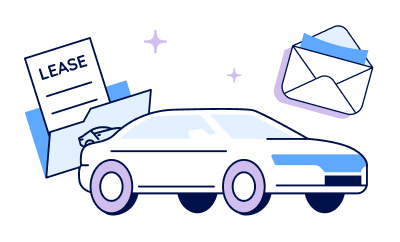 Also keep in mind, buying a car rather than leasing also means no mileage or customization restrictions and no wear and tear fees.
Also keep in mind, buying a car rather than leasing also means no mileage or customization restrictions and no wear and tear fees.
With that said, leasing can be attractive for consumers that are interested in having a new vehicle every few years and want the latest gadgets and can adhere to the mileage restriction. Be careful here, underestimating your mileage can be costly. Finally, since most vehicles are still under warranty when the lease term ends, leasing can be attractive for those who do not want to worry about any reliability issues or do not want to purchase extended warranties when choosing a conventional purchase.
Whether leasing or purchasing, it still comes down to negotiating a good deal and quoting your deal both ways can be helpful. The fact is, a vehicle is a depreciating asset and making the wrong decision can be costly. Consider visiting www.Edmunds.com for online calculators that can help. Since everyone’s situation is unique, consider speaking to your tax and financial adviser to determine the most appropriate plan for you.
Kurt J. Rossi, MBA, CFP®, AIF® is a CERTIFIED FINANCIAL PLANNERtm Practitioner & Wealth Advisor. He can be reached for questions at 732-280-7550, kurt.rossi@Independentwm.com, www.bringyourfinancestolife.com & www.Independentwm.com. LPL Financial Member FINRA/SIPC.

